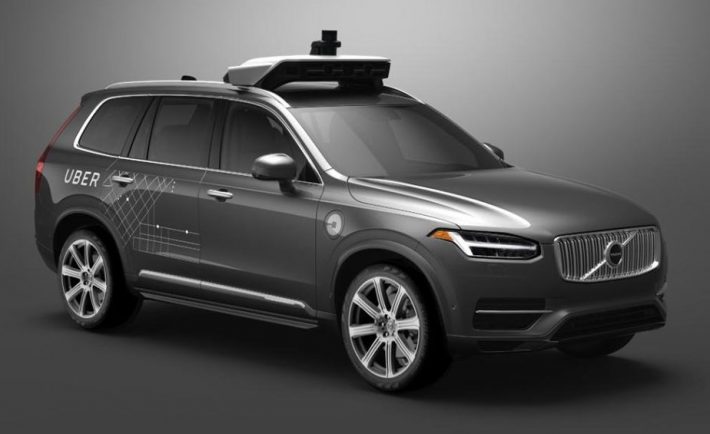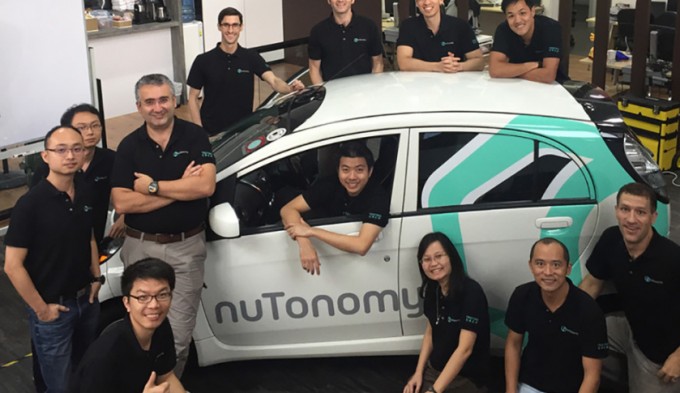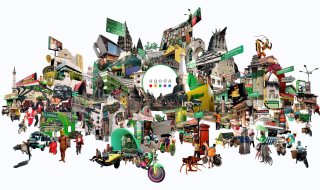
In the midst of worries concerning the introduction of driverless cars around the globe, customers of a self-driving taxi company are raising another issue: riding in a car without a driver feels “creepy”.
In an MIT article on the issue, the author suggests that this response could be an instance of the uncanny valley — an instinctual revulsion to robots or A.I. that are nearly human. For those unfamiliar with the concept, here is a description:
The uncanny valley can also apply to movement. Considering that automated vehicles are attempting to perform a task always done by humans, it seems to be an apt label for the creepy sensation that riders are reporting.
Spooky Automation
NuTonomy is the first business to establish a driverless taxi service. They have been gathering information on client reactions for two months. After a few minutes of uneasiness, customers usually calm down. After that, boredom set in for many riders. Regardless reports indicate that customers felt unnerved afterwards.
The company places the blames for this reaction on the trolley-like feel of the rides. NuTonomy anticipates rolling out improvements to diminish the overly mechanical nature these rides. They aim to emulate the feeling of a human driver. The organization had no specific plans to announce on how they would accomplish this. Some believe the business may modify the taxis to mimic human movements, even if doing so would make the vehicles less fuel-efficient.

Firm that beat Google and Uber to self driving taxis in Singapore plans to be running in 10 cities by 2020
Changing The Dynamic
As a business, building trust is with customers is crucial to success. The uncanny valley could cause major issues for this developing industry. Obviously, these recent concerns just exacerbate the fear critics already feel about driverless automobiles. Should self-driving taxi businesses focus primarily on escaping the valley?
Security is arguably a more important issue. Reports of driverless auto collisions arise on a weekly basis. Recently, witnesses reported seeing self-driving Uber taxis going crazy in Pittsburgh, veering the wrong way down one-way roads. NuTonomy has even stopped trials of its self-driving vehicles as of October, because of a crash in Singapore. What causes these vehicles to commit errors like this?
There are numerous reasons that driverless autos may crash. Perfect automation requires that all variables are known. This is impossible, considering the number of variables that exist. There are many scenarios that driverless autos are not programmed to expect.

NYC Uber drivers don’t think their jobs will be replaced by autonomous cars: ‘There is no better service than human service’
Proceed With Caution
Unexpected conditions can cause driverless cars to behave in unpredictable ways. Accidents are usually brought about by unanticipated road conditions. For instance, potholes cause three billion dollars of damage to cars in the U.S. every year. Driverless autos regularly “misread” potholes as shadows — and will neglect to avoid them. Drastic weather changes and complex roads can also cause accidents to occur.
The current bugbear of driving safety is distracted driving. Car manufacturers are looking to solve the problem of distracted driving, but automated cars could be susceptible to sideswipes and sudden cut offs. Driverless cars are obviously not liable when other drivers are at fault, but they could be less responsive to sudden movements by other drivers. Experienced human operators are often able to respond to unexpected variables more quickly than current automated vehicles.
The negative feelings riders reportedly have after being in a driverless car could be justified. While the issues of the uncanny valley are problematic for the industry, the current safety problems of automated cars should make any customer apprehensive. As driverless cars evolve, safety concerns will be lessened. Regardless, will manufacturers succeed in eliminating the creep-factor? Without a solution, the future of the driverless taxis could be in question.





